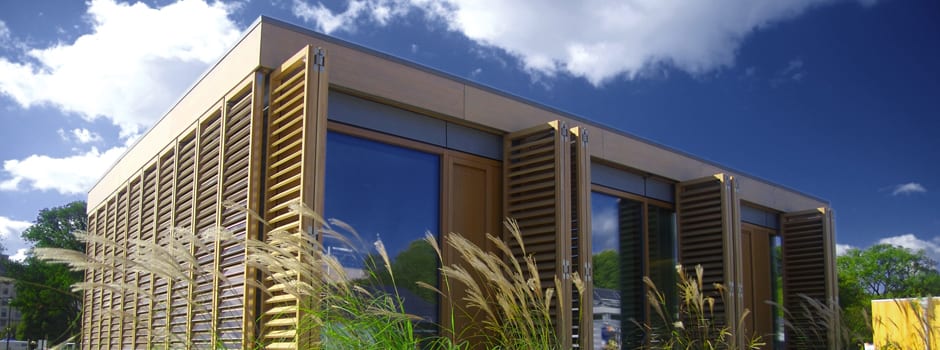Closet-Sized Batteries Could Power the Home of the Future
"Flow batteries" may provide a path to energy independence for homeowners.
 Credit:
Credit:
Products are chosen independently by our editors. Purchases made through our links may earn us a commission.
It’s no secret that we desperately need new, improved battery tech. Lithium-ion cells have served us well for decades—powering our phones, laptops, tools, and electric vehicles—but their capacities are simply inadequate for the ever-growing energy demands of the 21st century.
In the coming years, green, renewable power will continue to carve out a larger slice of the global energy market. But unlike carbon- and nuclear-based sources, output from green energy technologies like wind and solar are inconsistent, raising the demand for high-capacity batteries that can store energy for use when output is low.
"Energy storage is the key enabling technology for renewables," said Cullen Buie, an assistant professor of mechanical engineering at MIT, in an August press release. "Until you can make [energy storage] reliable and affordable, it doesn’t matter how cheap and efficient you can make wind and solar, because our grid can’t handle the intermittency of those renewable technologies."
Such devices could also be reliable energy sources in a power outage, and might even help relieve areas affected by natural disasters. In addition, homeowners could sell excess solar energy back to the grid at times of high demand.
This would alleviate outages, facilitate "smart grid" technology, and help make networks more efficient. For these reasons, the German and Japanese governments are already offering incentives for property owners to pair high-capacity energy storage devices with solar panels.
The market for energy storage is still young, but it's growing rapidly. According to Lux Research, the entire "coupled solar and energy storage" market is likely to reach $2.8 billion by 2018. Most recently, the industry made headlines when Bill Watkins, the former CEO of disk drive maker Seagate, moved into a CEO role at Imergy Power Systems, which produces large batteries designed for clean energy storage.
But the big question remains: What kind of battery will power this massive transition?
Most experts point to flow batteries—the kind of massive, unwieldy, but relatively affordable units Imergy produces. These batteries are not easily moved and must be assembled on-site. So far, so undesirable. But flow batteries can also store far more energy than anything else on the market—enough for grid-scale distribution—and the materials typically used in their construction can last for decades.
If you want to know exactly how these fascinating new batteries work, check out Gigaom's in-depth description, which goes deep into the scientific details. But the really interesting part is how they could impact your daily life. Companies like Imergy Power Systems envision a future where fridge-sized flow batteries—coupled with a solar array—could allow homes to be completely energy independent. Having that kind of on-demand power storage could also enable further innovation in home automation technologies.
Of course, the future course of battery technology all depends on the direction of the larger global energy market—namely, if we can move away from fossil fuels and toward renewable solutions.
[Hero image: Creative Commons, Jeff Kubina]
